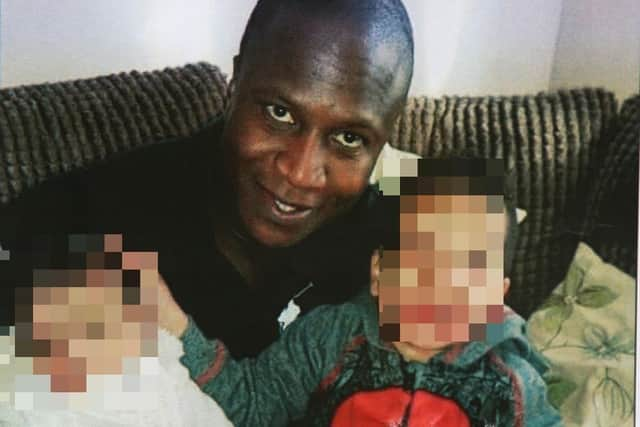Sheku Bayoh inquiry: Forensics expert found ‘nothing of relevance’ on Pc’s vest
Alison Marven, who works at the Scottish Police Authority’s (SPA) forensics laboratory, analysed a vest worn by Pc Nicole Short on the day of Mr Bayoh’s arrest and death in May 2015.
An inquiry into the circumstances of the 31-year-old’s death, how police handled the aftermath and whether race was a factor is taking place in Edinburgh.
Advertisement
Hide AdAdvertisement
Hide AdOther police officers have previously told the inquiry they saw Mr Bayoh stamping on Pc Short after she fell to the ground during the incident in Kirkcaldy, Fife.


However, other witnesses have cast doubt on whether the stamp took place.
A man who watched the arrest from his home said he did not think the stamp could have happened.
Last week, a medical consultant said he would have expected to see more evidence of fractured ribs if this had been the case.
A Scottish Police Federation representative said she saw a mark on the Pc’s vest, which appeared as if it was “roughly the shape of a shoe”.
Yesterday afternoon Ms Marven was questioned by the inquiry’s senior counsel Angela Grahame QC.
She said she compared the mark on Pc Short’s vest to an imprint of “Urban Logic” branded boots worn by Mr Bayoh.
There was only a “partial mark” on the vest, she said, and it was not possible to determine an overall pattern of a footwear mark.
Advertisement
Hide AdAdvertisement
Hide AdThe inquiry was shown notes from her examination, which said: “Marks on the jacket possibly included a triangle.
“Possible that this is one of the elements from the shoes of the deceased, but there really is insufficient detail/resolution for any meaningful comparison.”
Asked by Ms Grahame if the marks on the vest matched the imprint of the boots, Ms Marven told the inquiry: “No, we found that there was insufficient detail there for us to orientate the footwear mark from the soles of the shoe with the marks we were finding on there.
“That’s why it was insufficient for a meaningful comparison. We couldn’t orientate it in any way.” The inquiry before Lord Bracadale continues.